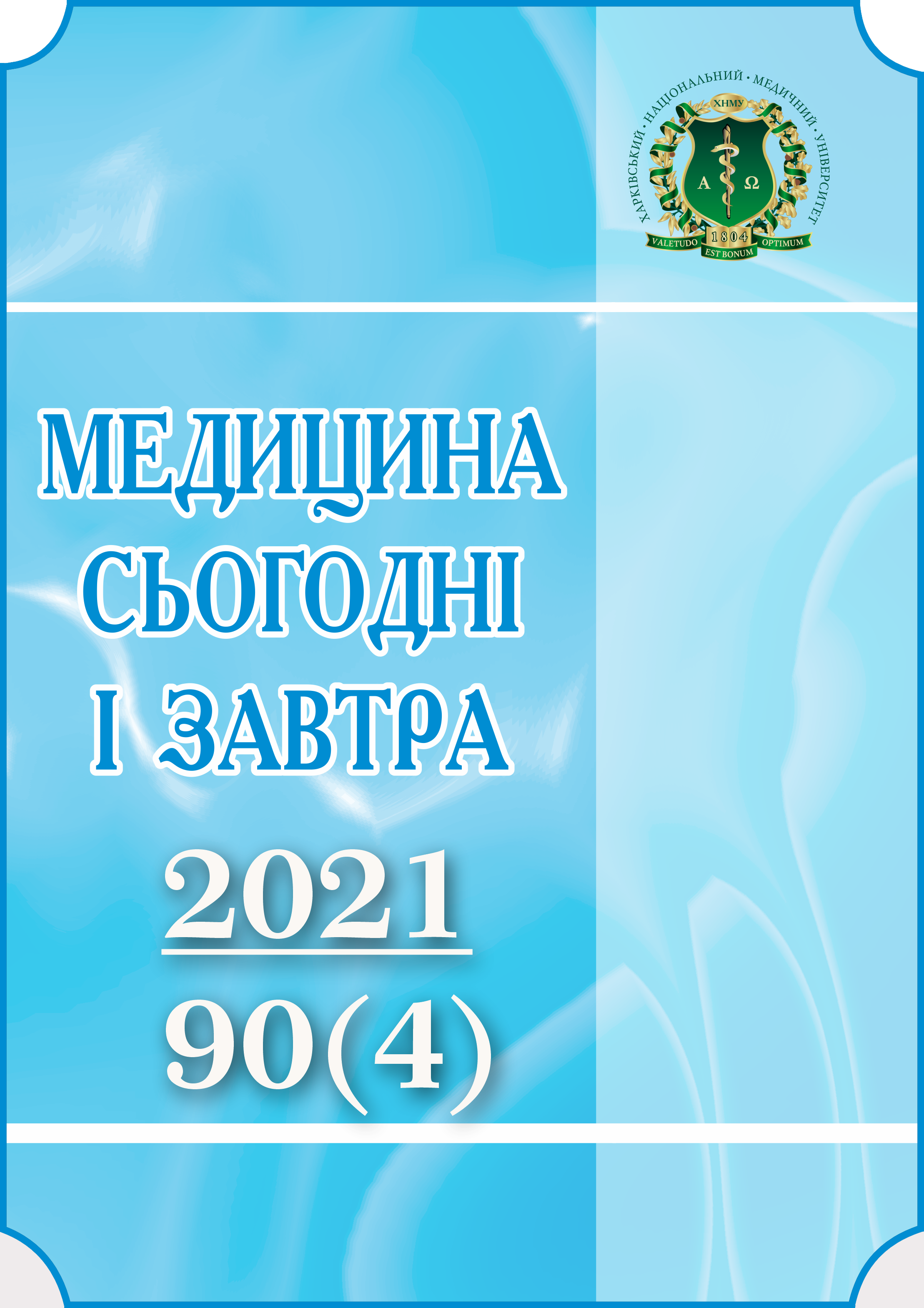Abstract
Nowadays, the concept of "quality of life" is quite often used in medicine, namely in the field of preventive medicine to monitor the health of the population, to evaluate the effectiveness of reforms and programs spreading in the field of health care, as well as research on the use of new methods of treatment for various diseases, both therapeutic and surgical. Given that quality of life is a comprehensive, integral indicator of emotional, psychological, and social well-being against the background of and after treatment. Defining the quality of life in medicine is a difficult and very useful process that cannot be overestimated. Quality of life indicators are always very informative and useful for evaluating the effectiveness of the treatment and rehabilitation process of all patients. We examined 207 people of both sexes (95 men and 112 women), aged 20 to 60, who underwent surgical interventions, injuries, and acute somatic health disorders. The 1st group of examinees consisted of 96 patients living in the zone of operations of the united forces, the 2nd group of 111 internally displaced persons. The clinical structure of somatoform disorders in the examined patients was represented by: somatized disorder; somatoform dysfunction of the autonomic nervous system; somatoform pain disorder. The assessment of the quality of life of the examinees carried out during the work showed that the following areas were identified as the most problematic in the general structure of the quality of life: socio-emotional support, physical well-being and working capacity, social and official support, self-care and independence in actions, self-realization, psychological and emotional well-being and general perception of quality of life.
Keywords: anxiety disorders, stress-related disorders, depression.
References
Maruta NO, Markova MV. The information in psychological war as a new challenge of our time: state of the problem and directions of its overcoming. Ukrains'kyi visnyk psykhonevrolohii. [Ukrainian Herald of Psychoneurology]. 2015;23(3(84)):21-8. Available at: https://uvnpn.com.ua/upload/iblock/9c4/9c45403744e5f705dc1616c59ad481f8.pdf [in Ukrainian].
Yuryeva LM, Shusterman TY, Likholetov EO. Non-psychotic psychiatric disorders in persons who have experienced psychosocial stress in terms of military conflict. Medichni perspektivi. [Medical perspectives]. 2019;24(4):112-20. DOI: 10.26641/2307-0404.2019.4.189601. [In Ukrainian].
. Lenhart MK. Combat and operational behavioral health. In 2 vol., vol. 1. Trans. Semyhina T, Pavlenko I, Ovsiannikova Ye, Teslenko O, Okhlopkova T, Bratsiuk O. Kyiv: "Nash format"; 2017. 579 p.
Babov KD, Pinchuk IIa, Stebliuk VV. Rehabilitation of victims in emergency situations and hostilities. Post-traumatic stress disorder. Odesa: Polihraf; 2015. 238 p. [In Ukrainian].
Zborovskyi OM, Symonian VA, Serhiienko AV, Honcharova YaA. Research on health-related quality of life (Literature review). Bulletin of emergency and restorative medicine. 2020;2(1):49-60. [In Ukrainian].
Kornatsky, VM, Dyachenko LО, МykhalchukVМ. The Influence of Psychosocial Factors Upon Health Status and Quality of Life of the Population. Ukrainian Journal of Cardiology. 2017;2:106-13. Available at: https://ucardioj.com.ua/index.php/UJC/article/view/154 [in Ukrainian].
Nikoriak RA. Assessment of the quality of life in forced labor migrants and in the participants of military action under conditions of social stress. Clinical and experimental pathology. 2018;17(2):50-3. DOI: 10.24061/1727-4338.XVII.2.64.2018.10. [In Ukrainian].
Voloshyn PV, Maruta NO. Sotsialno-stresovi rozlady (klinika, diahnostyka, profilaktyka). Kharkiv: Strokov DV; 2016. 335 p.
Kozyra PV, Markova MV. Post-stress deadaptive states against a background of social changes: the problem analysis. Medical psychology. 2015;10(1):8-13. Available at: http://nbuv.gov.ua/UJRN/Mpsl_2015_10_1_4 [in Ukrainian].
Ahaiev NA, Kokun OM, Pishko IO, Lozinska NS, et al. Zbirnyk metodyk dlia diahnostyky nehatyvnykh psykhichnykh staniv viiskovosluzhbovtsiv: Metodychnyi posibnyk [Collection of methods for diagnosing negative mental states of military personnel: Methodical manual]. Kyiv: NDTs HP ZSU, 2016. 234 p.
Nemchin TA. States of nervous and mental stress. USSR, 1983. 167 p.

